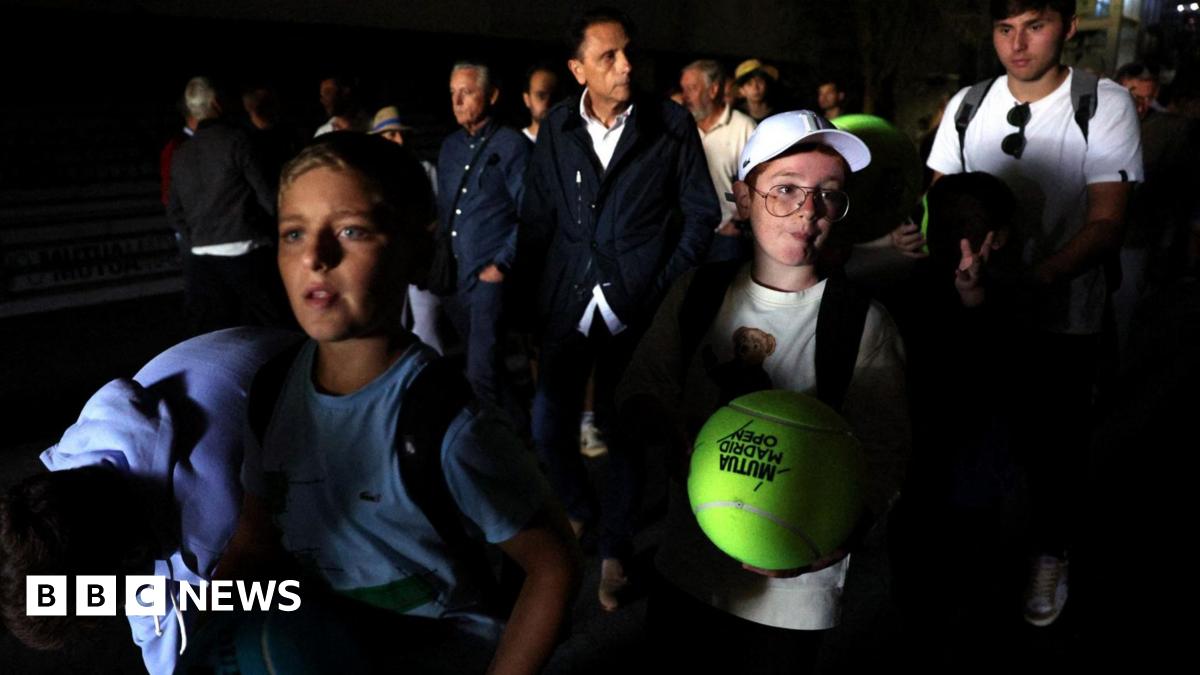Yes. I suspect what's going to come out is that Spain suffered a major loss of wind and solar generation momentarily that led to this. Since Spain gets roughly 43% of their power via solar and wind, a combination of cloud cover and drop in wind velocity would lead to a sudden loss of generation of the two sources and what other generation sources were on line couldn't make up for the sudden loss.
Germany has been having this sort of momentary loss occur pretty regularly for years. There, businesses have UPS, back up generation, and other means to deal with these sudden, short, losses of power due to the intermittent nature of wind and solar. They've also invested hundreds of billions into a smart grid to try to mitigate the issue.
So, if Spain had a sudden, widespread, loss of wind and solar generation for just a moment, it could lead to this sort of train wreck.



